"Jai Shree Ram in Bangkok: When Modi Met Oli Under the Gaze of Rama"
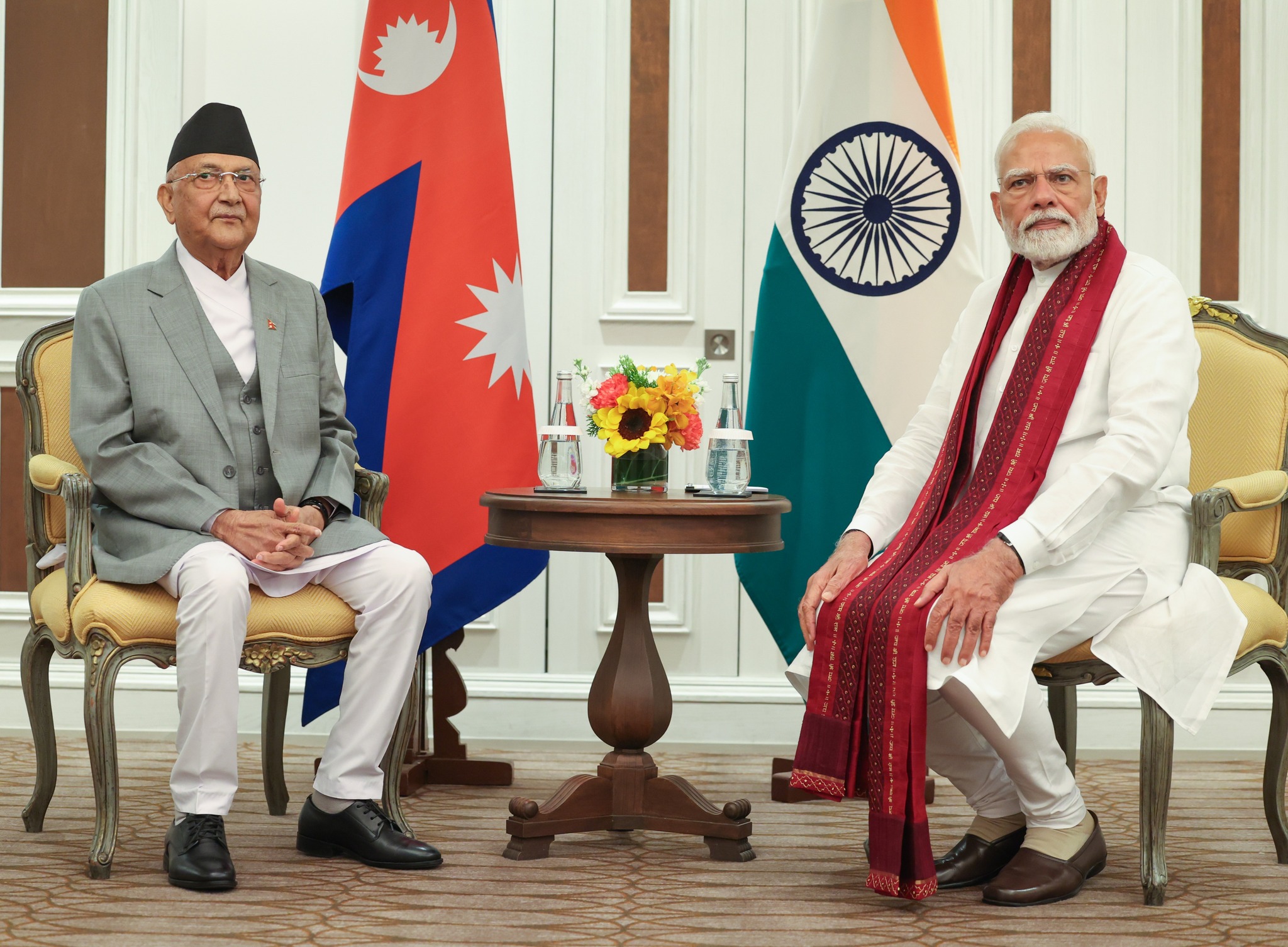
In a city that bears the spiritual and cultural echoes of ancient Ayodhya, two prime ministers met—rekindling a relationship once strained by history, politics, and geography. Bangkok, the capital of Thailand, played host not only to the 2025 BIMSTEC Summit but also to an unscheduled yet symbolically rich meeting between Indian Prime Minister Narendra Modi and Nepali Prime Minister KP Sharma Oli. The setting could not have been more telling.
The Rama Connection: A Meeting in Symbolic Terrain
Thailand’s capital is more than just a diplomatic venue—it is a civilizational mirror. The very name of its ancient city, Ayutthaya, is derived from Ayodhya, the birthplace of Lord Ram. The Thai monarchy, under the Chakri dynasty, traces a symbolic lineage to Ram, with its kings adopting the regnal title "Rama" since the 18th century. Thailand’s version of the Ramayana, Ramakien, permeates its art, politics, and identity. It is in this land—rich with the echoes of Hindu mythology—that Prime Minister Modi chose to project a powerful cultural signal.
Wrapped in a deep red angavastram embroidered with the phrase “जय श्री राम” (Jai Shree Ram), Oli entered the room where Modi was already seated. The shawl—carrying unmistakable religious connotation—was far more than a sartorial choice. It was a soft-power gesture cloaked in the language of devotion and symbolism.
The Controversial Backdrop: Ayodhya vs. Ayodhyapuri
The meeting comes years after a diplomatic chill sparked by Prime Minister Oli’s controversial claim during his previous tenure—that the true birthplace of Lord Ram was not Ayodhya in India, but Ayodhyapuri, a modest village in Chitwan, Nepal. His statement, made amid tense cross-border relations, was seen in India as an attempt to challenge cultural hegemony. In Nepal, the statement was interpreted by some as an assertion of sovereignty and ancient heritage.
In that context, Modi’s red shawl was not simply an homage to a deity—it was a subtle reassertion of India’s cultural primacy, especially in a city that already bears the stamp of Rama's legacy. Wearing "Jai Shree Ram" in Bangkok is a statement. Wearing it in front of KP Sharma Oli—who had once reimagined the birthplace of Ram—is a masterstroke of soft diplomacy.
The Visual Drama: Viral Photograph Sparks Interpretation
A day before the formal meeting, a photograph went viral on social media. It captured a candid moment from a regional gathering: Modi flanked by Bangladesh’s interim leader Muhammad Yunus on one side and KP Oli on the other. While Modi and Yunus gaze forward with diplomatic composure, Oli’s eyes are fixed on Modi. The image invited layers of interpretation.'
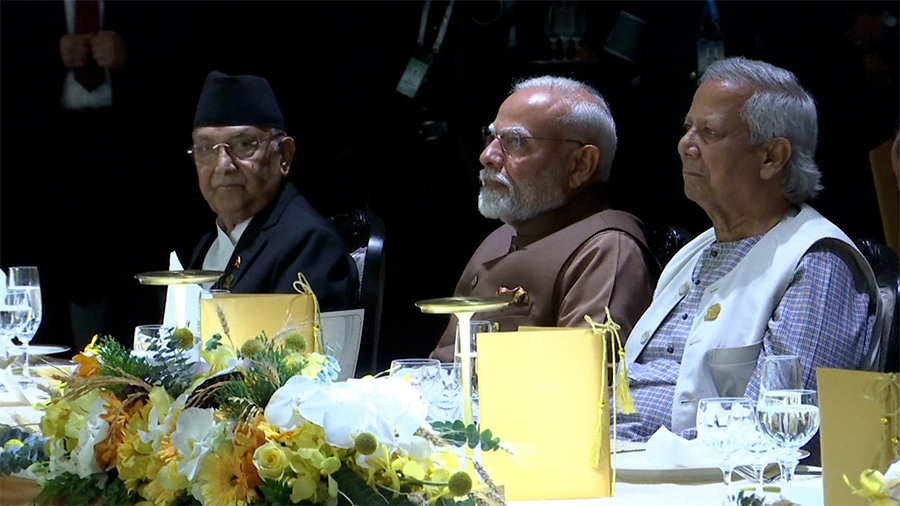
Was Oli signaling attentiveness to India’s regional stance? Was it an unconscious gesture of acknowledgment? Or was it a silent assertion of relevance—an attempt to read Modi’s posture before their eventual dialogue? Whatever the reading, the photo embodied a regional reality: Nepal may seek to chart its own narrative, but India’s shadow looms large in South Asian diplomacy.
Digital Diplomacy: Words Chosen with Care
At 4:24 PM on April 4, Modi posted on Facebook, writing,
“Had a productive meeting with Prime Minister K P Sharma Oli in Bangkok. India attaches immense priority to relations with Nepal. We discussed different aspects of India-Nepal friendship, especially in sectors like energy, connectivity, culture and digital technology...”
Modi’s tone was formal, forward-looking, and inclusive. Less than 40 minutes later, Oli responded with a message that struck a warmer note:
“मेरा प्रिय मित्र, भारतका प्रधानमन्त्री श्री Narendra Modi जीसँग आज बैंककमा आत्मीय र सौहार्दपूर्ण संवाद भयो...”
Oli used words like “आत्मीय” (heartfelt) and “सौहार्दपूर्ण” (cordial)—indicative of a tone reset. The contrast in digital diplomacy between the two leaders reflects differing domestic audiences, but shared recognition that the India-Nepal relationship requires calibration, not confrontation.
Behind the Scenes: Modi’s Unscheduled Gesture
That this meeting happened on the sidelines—and was not officially on Modi’s itinerary—only heightens its significance. Unscheduled diplomatic encounters often carry more meaning than state visits, stripped of ceremony but rich in subtext. It also speaks to Modi’s diplomatic acumen: engaging with Oli without formal fanfare, yet delivering a cultural message draped across his shoulders.
The timing of the meeting, coinciding with Thailand’s hosting of BIMSTEC, allowed India to reinforce not just its commitment to regional cooperation, but its civilizational ethos—a recurring theme in Modi’s foreign policy narrative.
Reading Between the Threads: The Shawl That Spoke Volumes
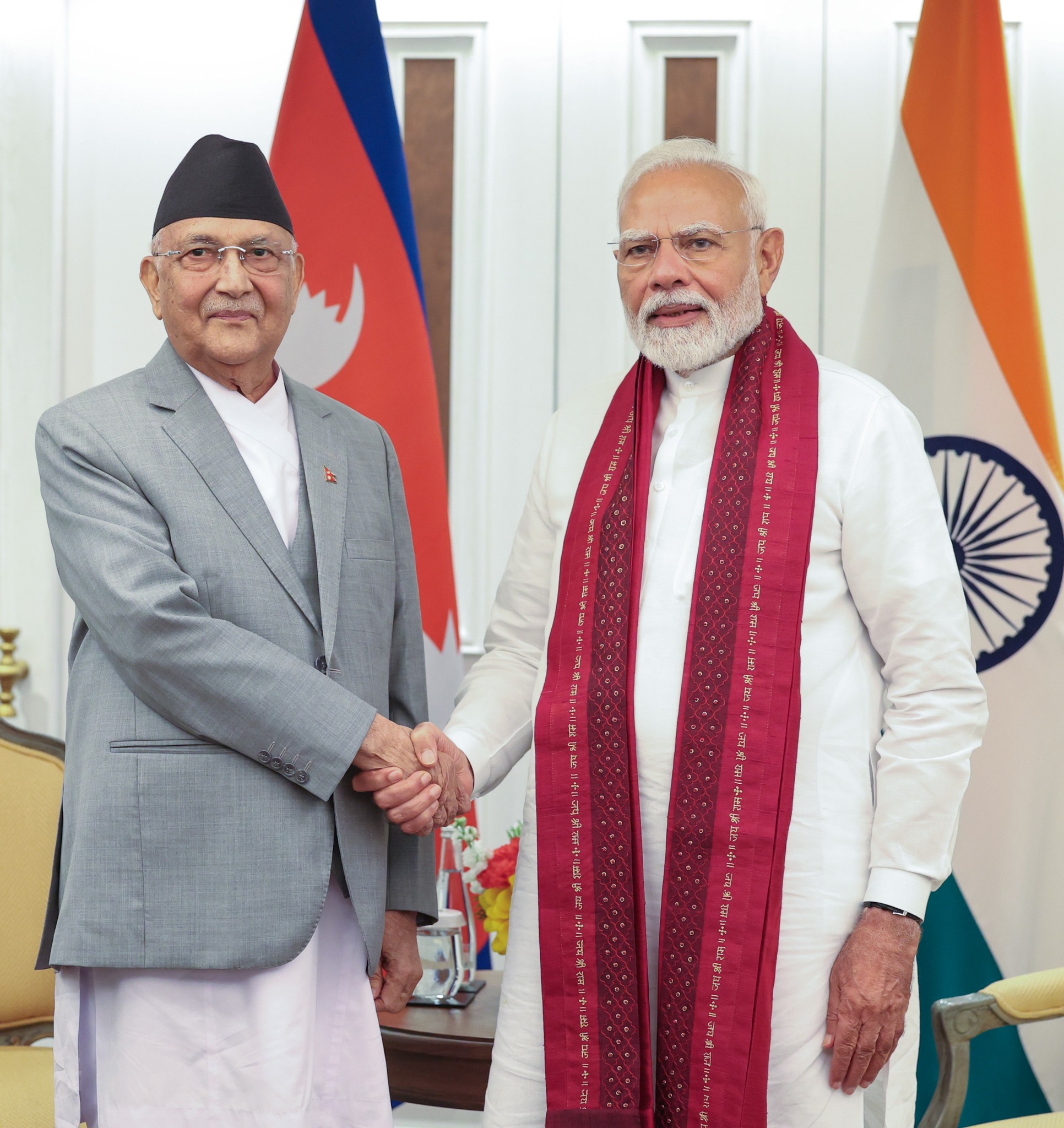
In a room filled with conversation about connectivity and cooperation, the loudest statement may have come from cloth. Modi’s red “Jai Shree Ram” shawl was a masterclass in multi-layered messaging:
-
To Oli: A reminder of the weight of Ayodhya in Indian cultural and political identity.
-
To Thailand: A nod to shared civilizational heritage across South and Southeast Asia.
-
To Nepal’s population: A signal that India seeks to connect not just through roads and electricity, but through shared culture.
-
To China: A subtle assertion of religious-cultural diplomacy in a region where Nepal’s geopolitical balance is shifting.
Conclusion: A Meeting Framed by Gods and Geopolitics
In Bangkok—a city whose royal lineage claims descent from Lord Ram—two South Asian leaders met beneath the invisible gaze of that same deity. Prime Minister Oli came with a past marked by cultural assertions; Modi arrived cloaked—literally and diplomatically—in the symbology of Ram.
Their dialogue may have centered on energy and cooperation, but their surroundings whispered of older stories—of kingdoms, myths, and civilizational claims. In Southeast Asia’s Rama-drenched capital, this was not just diplomacy—it was epic theatre.

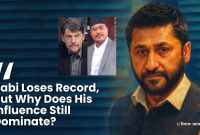
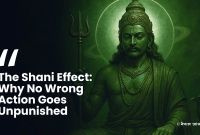
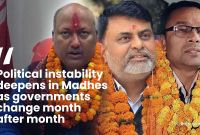
![From Kathmandu to the World: How Excel Students Are Winning Big [Admission Open]](https://nepalaaja.com/img/70194/medium/excel-college-info-eng-nep-2342.jpg)
